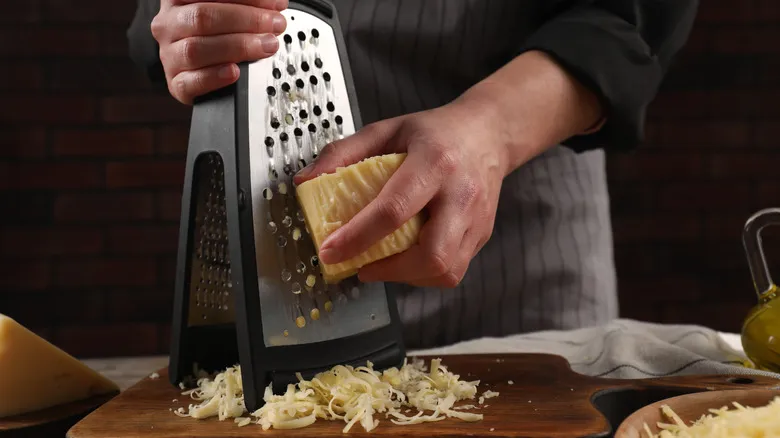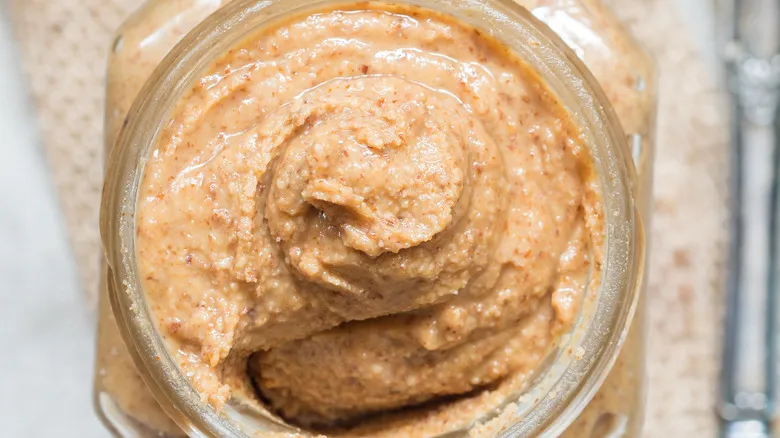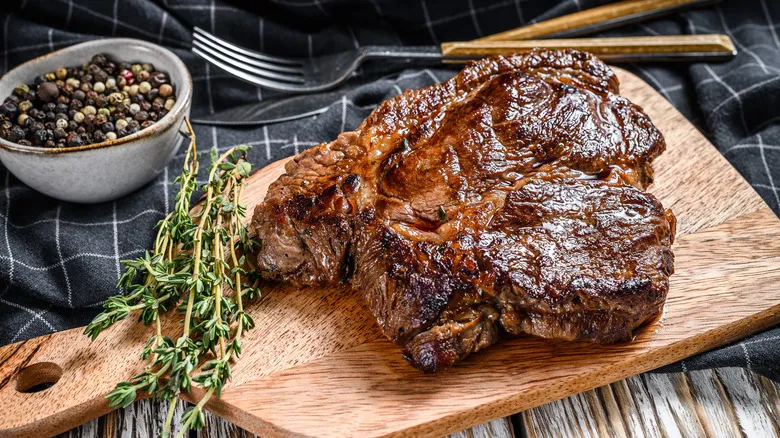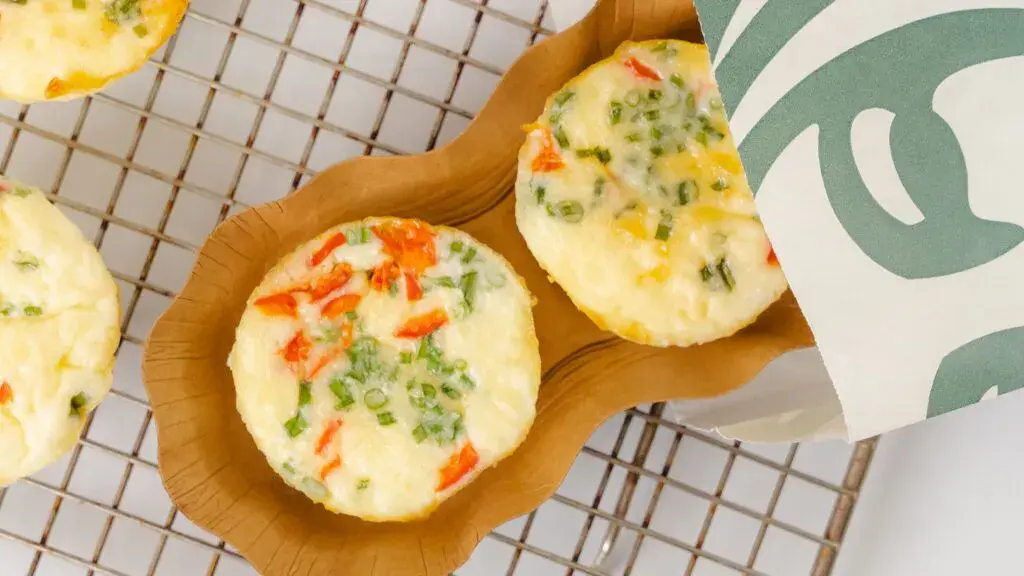The method for grating cheese without scraping your fingers
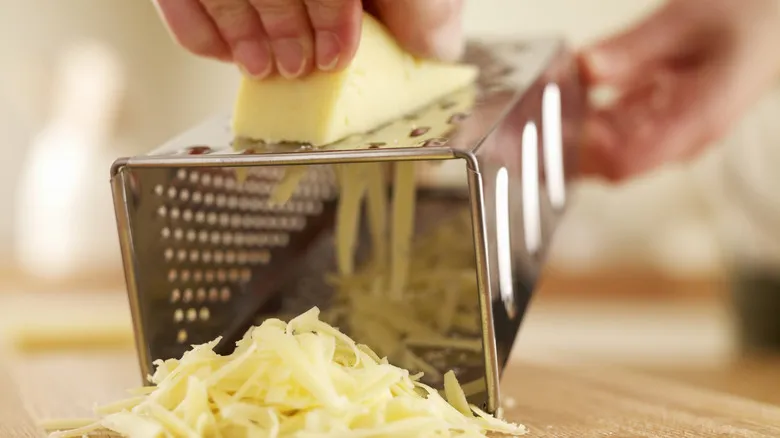
Positioning a box grater on its side, with the desired gauge facing upward, addresses multiple concerns. Firstly, you only need to grip the top of the cheese block, which significantly minimizes the risk to your fingers. Secondly, by applying your weight onto the food, grating becomes much easier. Lastly, the grater itself collects the grated cheese, allowing you to easily transfer it into a bowl or onto your dish.
To ensure safer grating, take your time and be mindful of the blade orientation. Avoid grating down to the very end of the cheese block; it's better to enjoy that last piece than to risk your fingertips. Additionally, consider replacing your grater periodically. Similar to knives, the blades can become dull, and there’s no way to sharpen them. If you find yourself still getting nicks, think about using protective gear. Cut-resistant kitchen gloves are a solid choice, but latex or nitrile gloves may stick and snag. You might also look into oyster-shucking gloves, which are durable enough to safeguard your fingers while remaining flexible enough to handle any mozzarella or tomato (yes, tomatoes can be grated) that you encounter.
Recommended
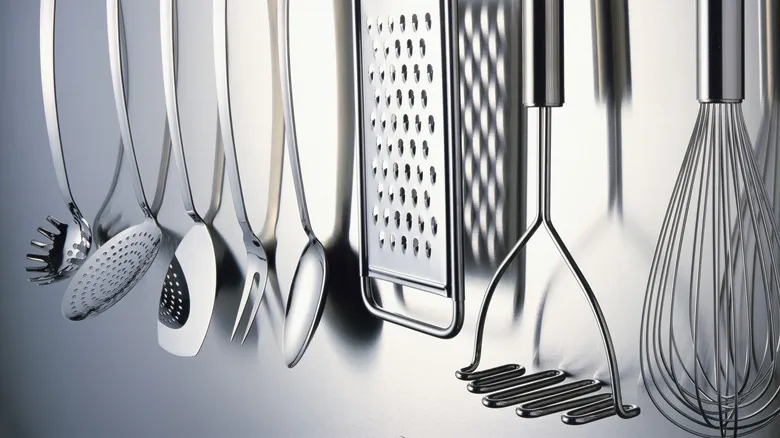
11 Ways To Use A Potato Masher Other Than For Spuds

The Biggest Mistake You're Making With Leftover Salmon
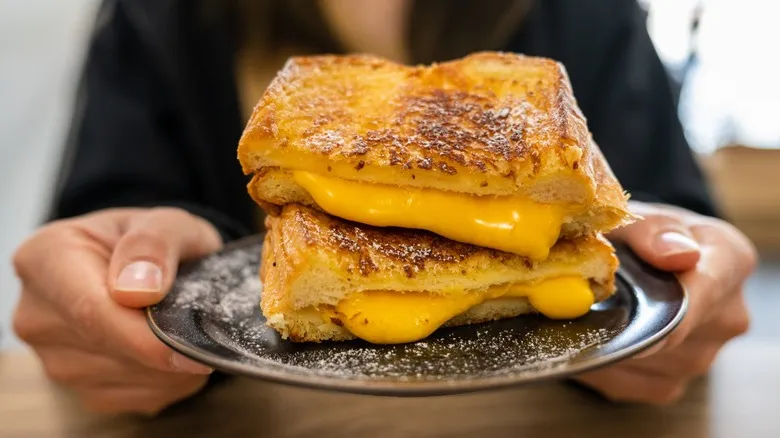
Hot Dogs Belong In Your Grilled Cheese
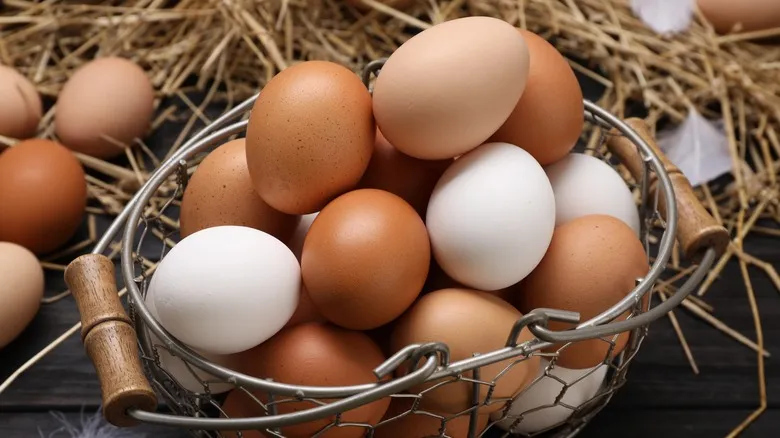
Does Lemon Juice Make Raw Eggs Safe To Eat?
Next up

